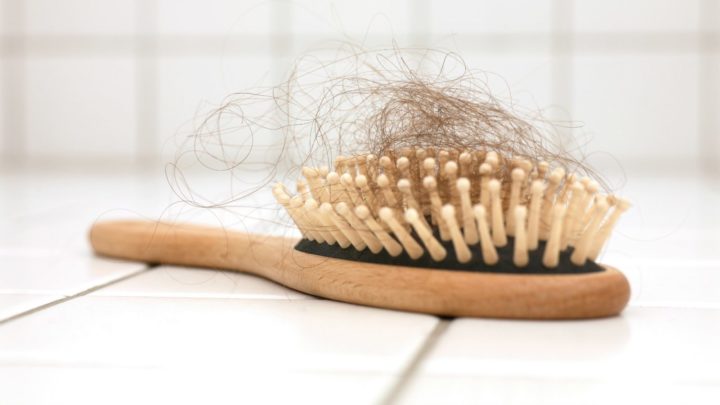
Whether you’re struggling with a receding hairline or have noticed an increasing amount of hair falling out in the shower, it’s normal to experience some form of hair loss as you get older.
Besides knowing that hair loss is more common in older age, many people don’t know what causes it. There are a number of factors that contribute to hair loss, and several different conditions that require different management.
“Hair loss is a significant issue for many people, especially men,” Dr Russell Knudsen, hair transplant surgeon and founder of The Knudsen Clinic says. “In my line of work, I see men every day who are struggling to deal with the impacts of hair loss.”
Androgenetic alopecia
Androgenetic alopecia, or hereditary hair loss, is the most common form of hair loss in both men and women. Men with this condition typically notice thinning on the crown or a receding hairline. Women with androgenetic alopecia may experience overall thinning or patchy hair loss.
Alopecia areata
Alopecia areata is an autoimmune condition where the immune system mistakenly attacks the hair follicles, resulting in hair loss. This type of hair loss usually causes hair to fall out in small patches. In some cases, total baldness develops.
Knudsen says alopecia areata, which is more common in young adults, may come as a shock to most, because it often develops suddenly, over the course of just a few days.
“You could go from having no hair loss problems to having to come to terms with having an incurable but treatable hair loss disorder in a matter of days,” he says.
Researchers don’t know the exact cause of this condition, but some studies suggest that stress and anxiety play a role. Having a family member with alopecia areata can also increase your risk.
Telogen effluvium
Telogen effluvium is a temporary hair loss disorder where the hair roots enter the resting stage of the hair cycle too early, resulting in excess shedding and noticeable thinning. This is caused by an underactive or overactive thyroid.
Androgenetic alopecia is irreversible but can be managed with medication or hair transplant surgery, which involves taking healthy hair follicles and implanting them into the treatment area, Knudsen explains.
Alopecia areata on the other hand is incurable, but it can be treated and hair can grow back. Topical treatments, such as prescribed creams and ointments, may help encourage hair growth. If your condition is more severe or doesn’t respond to other treatments, your doctor may prescribe corticosteroids to speed recovery of hair loss. They can be given as an injection into areas affected by alopecia areata.
Meanwhile, treatment for telogen effluvium usually involves addressing the thyroid problem. Once hormone levels are stabilised and in the normal range, the loss will slow down and eventually stop, though it may take several months for the hair to grow back.